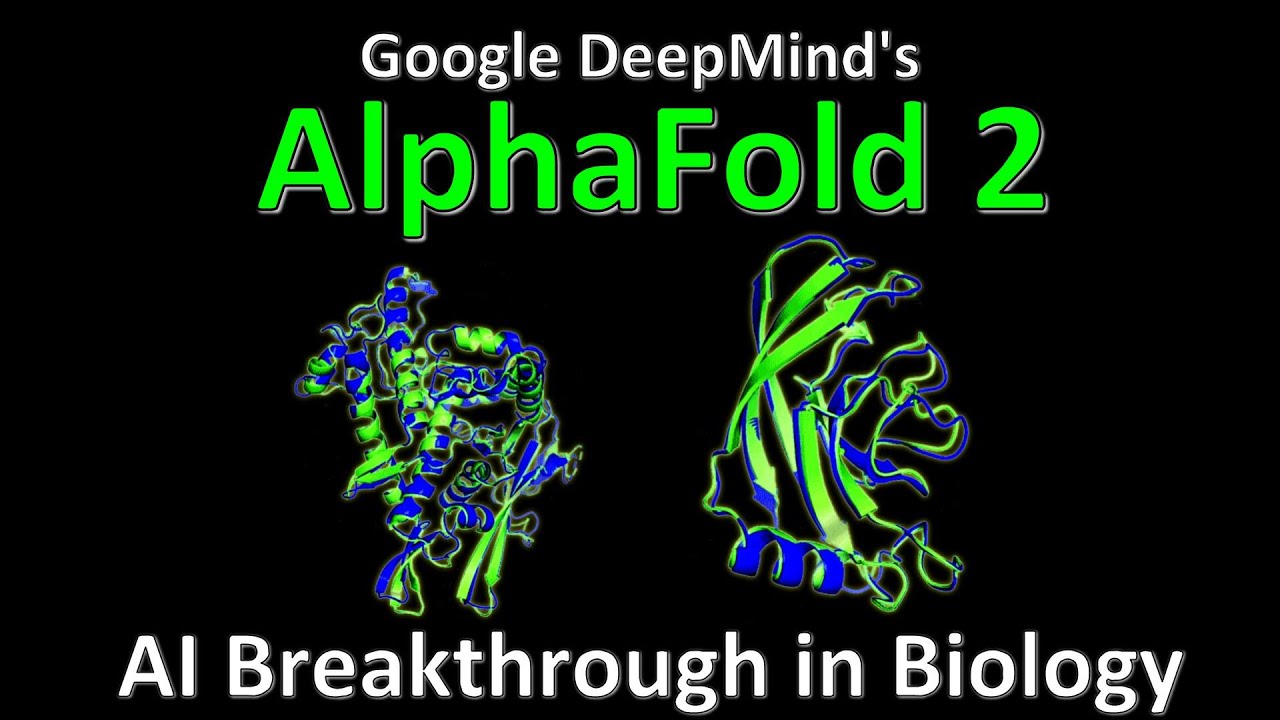Tech
Google DeepMind launches AlphaFold 3, revolutionizing protein modeling

Google Deepmind has revealed AlphaFold 3, its latest iteration of the groundbreaking protein prediction model.
AlphaFold 3 not only improves accuracy but also predicts interactions with other biomolecules, enhancing its versatility as a research tool. The company is offering a limited version of the model for free online.
Since its debut in 2018, AlphaFold has led the field in predicting protein structure from amino acid sequences. This capability is crucial for understanding proteins’ molecular functions, which play diverse roles in the human body and across biological systems.
Computational models like AlphaFold have accelerated research by replacing labour-intensive lab methods.
AlphaFold 3 represents a significant advancement, predicting not only protein structures but also interactions with other molecules like DNA and RNA. This capability is crucial for understanding complex biological processes at the molecular level.
The release of AlphaFold 3 is a milestone for the scientific community, offering unprecedented insights into protein behaviour. Researchers can now simulate multiple molecules simultaneously, enabling detailed studies of molecular interactions.
While AlphaFold 3 is a powerful tool, Google Deepmind acknowledges that it is a work in progress. The company is committed to improving the model and expanding its capabilities to address the evolving needs of researchers.
In a move to democratize access to AlphaFold, Google Deepmind is offering a free, hosted web application called AlphaFold Server for non-commercial use. This platform allows researchers to submit protein sequences and receive real-time predictions of their structures.
Despite the excitement surrounding AlphaFold 3, some concerns remain about data transparency and open science. While Google Deepmind has made significant strides in protein modelling, there are calls for greater transparency in model development and training data.
Nevertheless, AlphaFold 3 represents a significant advancement in protein research, empowering scientists with a powerful tool for understanding biological systems at the molecular level.